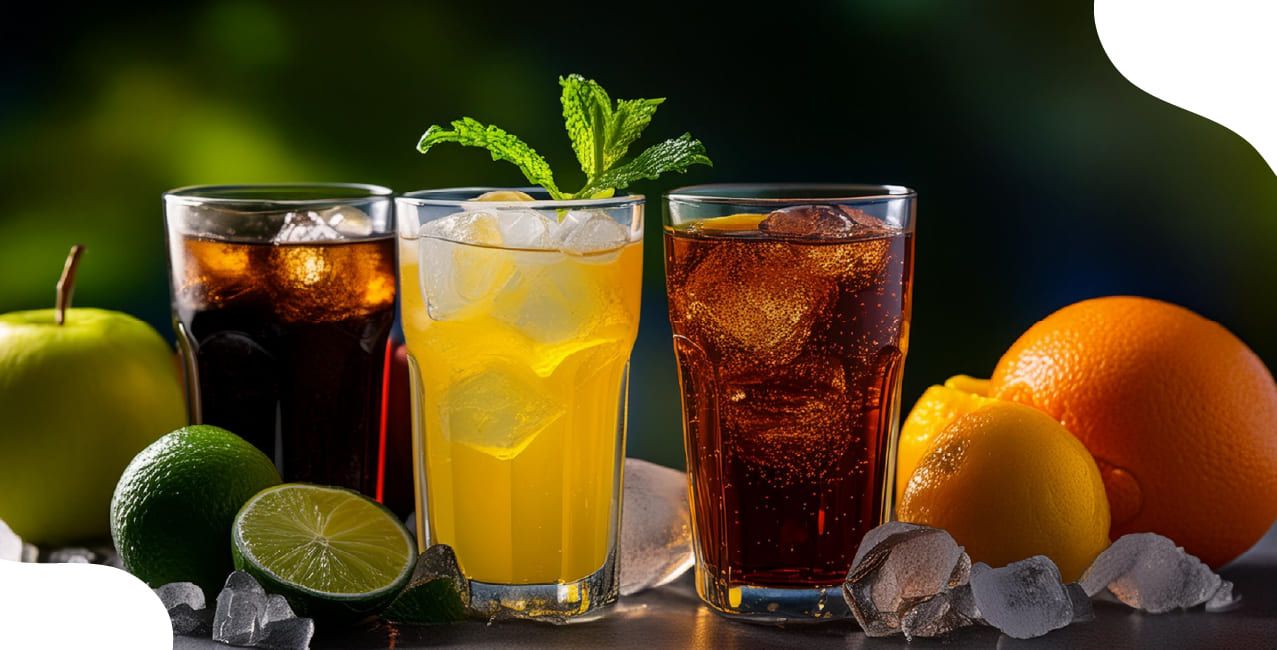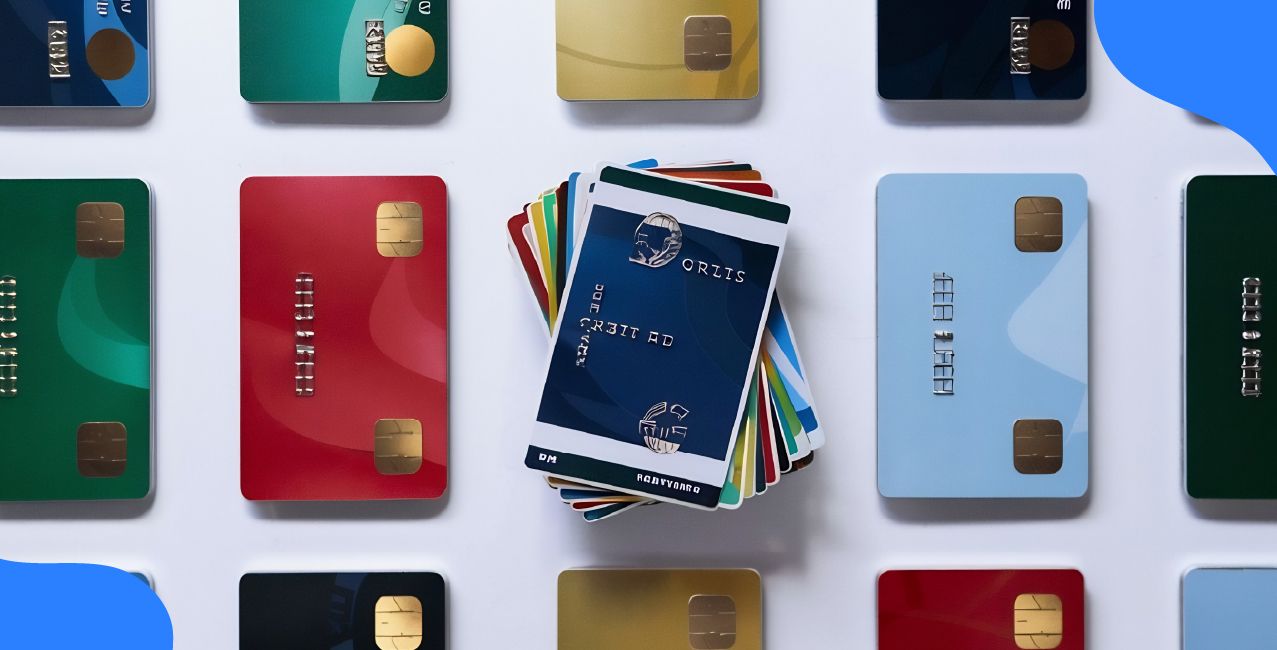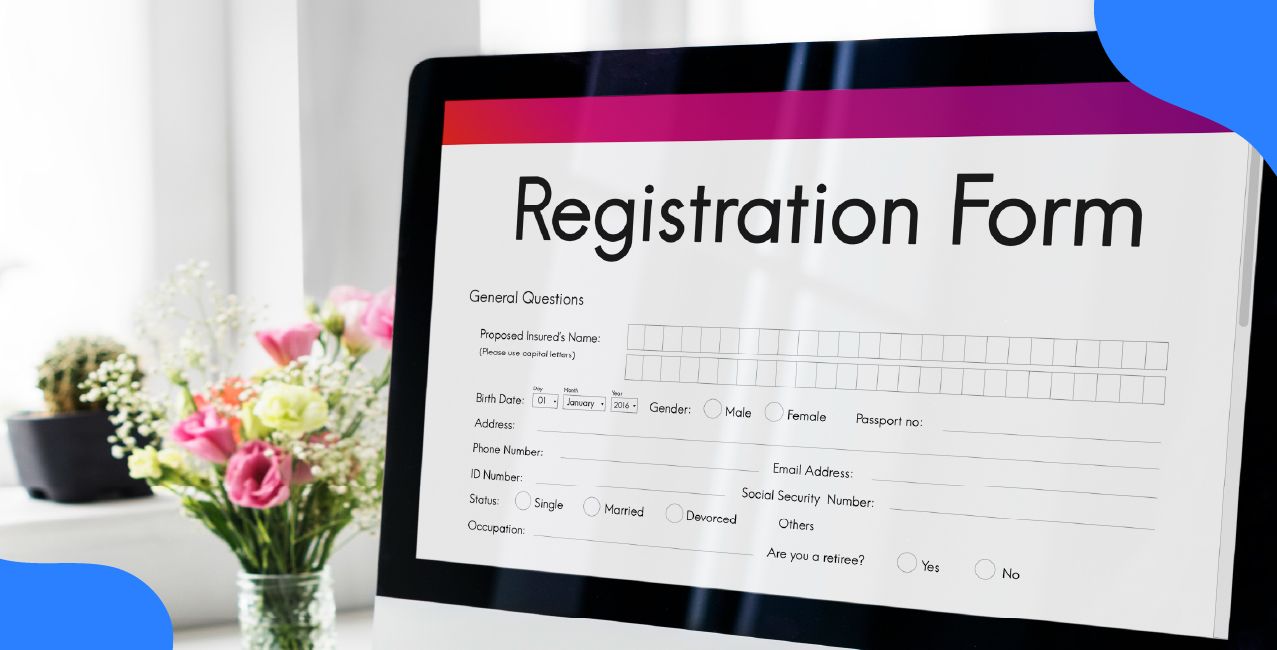
Author
LoansJagat Team
Read Time
5 Min
24 Sep 2025
GST on Cold Drinks: Complete Guide to Rates & Compliance
Key Takeaways:
- The government raised the cold drink tax from 28% to 40% in September 2025.
- People now pay more money for fizzy drinks and energy drinks every month.
- Many people choose healthier drinks like fresh juice because they cost less tax.
The Indian Government changed cold drink taxes completely. Big changes started from 3rd September 2025. The GST Council now calls cold drinks "sin tax".
This new decision not only affects fizzy drinks. Energy drinks and sugar-loaded beverages also fall under the same bracket. The tax rate has jumped from 28% to 40%, making all aerated and caffeinated drinks significantly more expensive.
Take the example of Raghini from Mumbai, a 22-year-old college student. She loves cola and often grabs energy drinks too. Earlier, she spent around ₹120 a month, but now her expenses have risen to ₹140. That extra ₹20 dents her student budget.
Like Raghini, millions of young Indians are re-evaluating their choices. Many are shifting to alternatives such as fresh juices and coconut water, which come with much lower GST rates.
In this blog, we will explore how the new GST rules affect consumers, businesses, and the overall beverage market in India.
HSN Code for Cold Drinks
The Indian tax system uses special HSN codes. These codes classify fizzy and sweet drinks. The government uses codes for GST purposes. The government gives two main codes. These codes are 22021020 and 22021010. These codes are for cold drinks. These codes help tax officers work. They identify different cold drink types. They put drinks into correct groups.
HSN code 22021020 covers aerated waters containing added sugar or sweetening matter. This includes popular fizzy drinks like cola, lemon sodas, and carbonated fruit beverages. Manufacturers use this code when filing their GST returns for these products.
HSN code 22021010 applies to aerated waters without added sugar or artificial sweeteners. This category includes plain soda water, sparkling mineral water, and unflavoured carbonated beverages. Retailers must use the correct code during billing processes.
The GST Council recently increased the tax rate for both these HSN codes from 28% to 40%. This change affects all beverages falling under these specific classifications. Tax officers use these codes to monitor compliance and collect appropriate duties.
Businesses must ensure they apply the correct HSN codes on their invoices. Incorrect coding leads to tax complications and potential penalties. The systematic classification helps the government track revenue from different beverage categories. This data helps policymakers make smart decisions. It guides future tax rate choices. It also helps plan health programmes.
Bonus Tip: Check HSN codes 22021020 and 22021010 on invoices to ensure correct GST calculations.
Read More - What is Excise Duty? Meaning, Applicability & GST Impact
Impact of GST on Cold Drinks
The Indian Government increased GST on cold drinks. The rate jumped from 28% to 40%. This targets fizzy and sugary drinks only. The government calls this a "sin tax" method.
The policy affects millions of people. Retailers struggle with keeping sales high. Higher prices make business plans harder. Manufacturers must think about their products again. Many companies explore changing their existing products. They want to reduce sugar content. This might help get lower taxes.
Example: Arjun works as a software engineer. He lives in Bangalore city currently. Previously, he bought two energy drinks daily. Each drink costs ₹80 before taxation. With 28% GST, he paid ₹102.40 each. His total daily expenditure reached ₹204.80.
Under new rules, drinks cost ₹112 each. His daily spending has increased to ₹224 now. This adds ₹576 to monthly expenses. Arjun reduced his consumption to one drink daily. He replaced the second with coconut water. Coconut water attracts only 5% GST rate.
The policy promotes healthier consumption habits successfully. It generates significant additional government revenue. This money funds infrastructure and healthcare projects. However, beverage companies face innovation challenges. They must adapt to price-sensitive consumers. Consumer preferences shift towards healthier alternatives.
Business Response and Market Adaptation
Beverage companies face significant challenges from new taxation. Major manufacturers like Coca-Cola adjust their pricing strategies. They increase retail prices to maintain margins. Some companies explore product reformulation actively now.
Businesses reduce sugar content in existing products. This helps them qualify for lower brackets. PepsiCo introduced new low-sugar variants recently. They market these as healthier alternatives.
Small retailers struggle with inventory management challenges. Higher prices reduce their daily sales volumes. Many shop owners stock fewer cold drinks. They increase fresh juice and coconut offerings.
Distribution networks require strategic adjustments across India. Companies renegotiate contracts with wholesale distributors. Transportation costs remain the same significantly. However, profit margins decrease due to taxation.
Manufacturing units explore cost-cutting measures for sustainability. Some factories reduce production capacity temporarily. Others invest in healthier product lines. Research and development budgets increase for innovation.
Marketing departments shift their advertising focus completely. They promote natural and organic beverages. Social media campaigns highlight health benefits actively. Traditional cold drink advertisements have decreased substantially.
New market opportunities emerge for healthy alternatives. Coconut water brands experience an increase in demand. Fresh juice vendors expand their business operations. Herbal drink manufacturers gain competitive advantages. Local beverage producers benefit from policy changes.
Varun Beverages reports that 55% of its sales volume in H1 2025 came from low-sugar or no-added-sugar carbonated drinks, signalling a strong shift in consumer preferences.
Conclusion
The Indian Government decided to charge 40% GST on cold drinks. This represents a smart policy change towards better public health. It also helps increase government money collection. This "sin tax" method successfully stops people from drinking too many sugary drinks. It also helps people choose healthier options instead.
People like Raghini and Arjun show how higher prices change buying habits. This leads to drinking less and trying healthier choices. Companies must change their plans by making better products and new pricing methods. The policy manages several goals at once successfully.
It makes public health much better. It creates lots of tax money. This money funds new building projects. It makes new business chances too. These chances help healthier drink companies. This helps India's different customer groups.
FAQs
1. Why has the government raised GST on cold drinks to 40%?
The government raised GST to discourage sugary consumption and boost public health funds.
2. Do natural drinks like coconut water attract the same GST rate?
No, natural options such as coconut water attract only 5% GST, making them more affordable.
3. How will this tax change affect beverage companies in India?
Beverage companies now reformulate drinks with less sugar to stay competitive in the market.
4. How do these changes affect consumers' monthly expenses?
Consumers now pay approximately 17% more for their cold drinks monthly.
About the Author

LoansJagat Team
‘Simplify Finance for Everyone.’ This is the common goal of our team, as we try to explain any topic with relatable examples. From personal to business finance, managing EMIs to becoming debt-free, we do extensive research on each and every parameter, so you don’t have to. Scroll up and have a look at what 15+ years of experience in the BFSI sector looks like.

Quick Apply Loan
Subscribe Now


